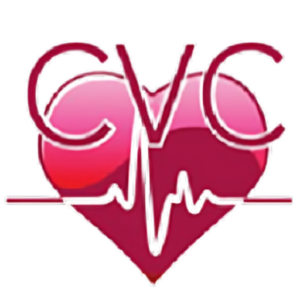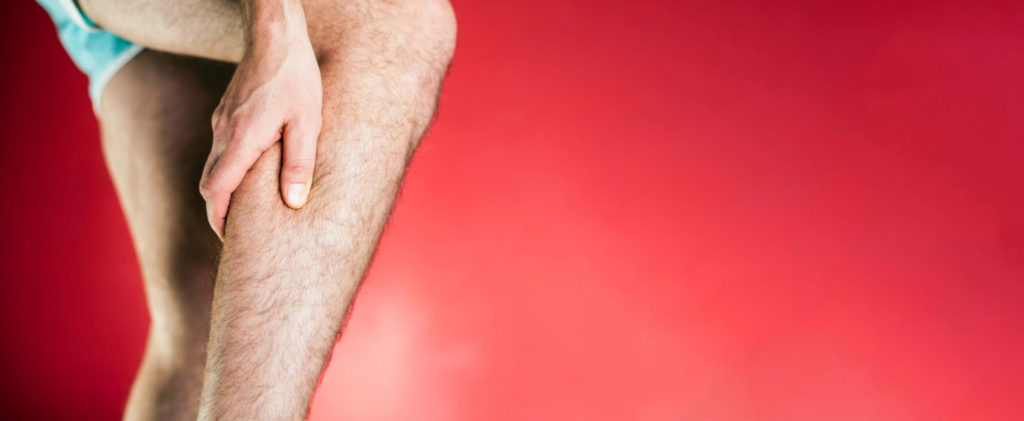Varicose veins are a common problem, affecting around 23 percent of Americans. People are often concerned about the appearance of these twisted, bulging veins. This can lead them to hide their legs and avoid places where their legs might be seen, like the beach or pool. However it is important to know that even though it may seem like it, Varicose veins aren’t just a cosmetic issue, in fact these enlarged veins located just under the surface of your skin can be a sign of poor health and wellbeing.
What are varicose veins?
Varicose veins are enlarged, twisted veins near the surface of the skin. They come in a variety of colors, but are typically purple or blue. Bulging veins are often a sign of the condition. It can develop anywhere on the body, but they are most common in the legs.
Veins use muscles and a network of valves to push blood back to your heart. If these valves stop working, blood can pool in the vein and lead to varicose veins. This makes it difficult for the surrounding muscles to push blood toward your heart. And because veins closer to the skin’s surface have less muscle support, they are more likely to become varicose. The body’s natural response to increased blood pressure is to send more blood to the vessels. This increases the size of the veins, making them darker in color and more visible. The veins may also look swollen or bulging, similar to a rope.
Anyone can develop this condition, but some people are more at risk than others. Females, those Middle-aged or older, pregnant women, obese or overweight people, and those who stand or sit for long periods of time are more likely to get them. Additionally, if you have a family history of the condition, you’re also more likely to get it.
What health problems are caused by it?
Varicose veins can be very uncomfortable and may cause pain, decreased mobility, difficulty sitting, swelling, and skin problems. In addition to these issues, it can also lead to more serious health conditions. For example, pooling blood that doesn’t move through your veins can lead to a blood clot. These clots increase your risk of stroke, varicosity hemorrhage, or pulmonary embolism.
There are several risks associated with pooling blood, including the development of a leg ulcer. Venous leg ulcers are painful and often difficult to heal, as they can result in a lack of adequate blood flow. In addition, varicose veins can also lead to edema, or swelling in the legs and feet, which raises your risk for bacterial and fungal infections. While rare, it can also cause the wall of the affected vein to weaken.
Should it be taken lightly?
No. Not at all. Varicose veins aren’t just a cosmetic concern. The team at CVCFL will evaluate your unique situation to determine the best course of treatment for your varicose veins. Don’t ignore Varicose veins.
Contact us now or book an appointment with one of our cardiovascular specialists to get rid of them and enjoy a healthier life today.


